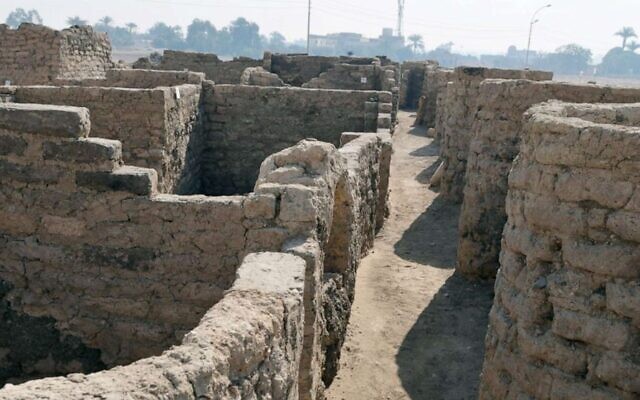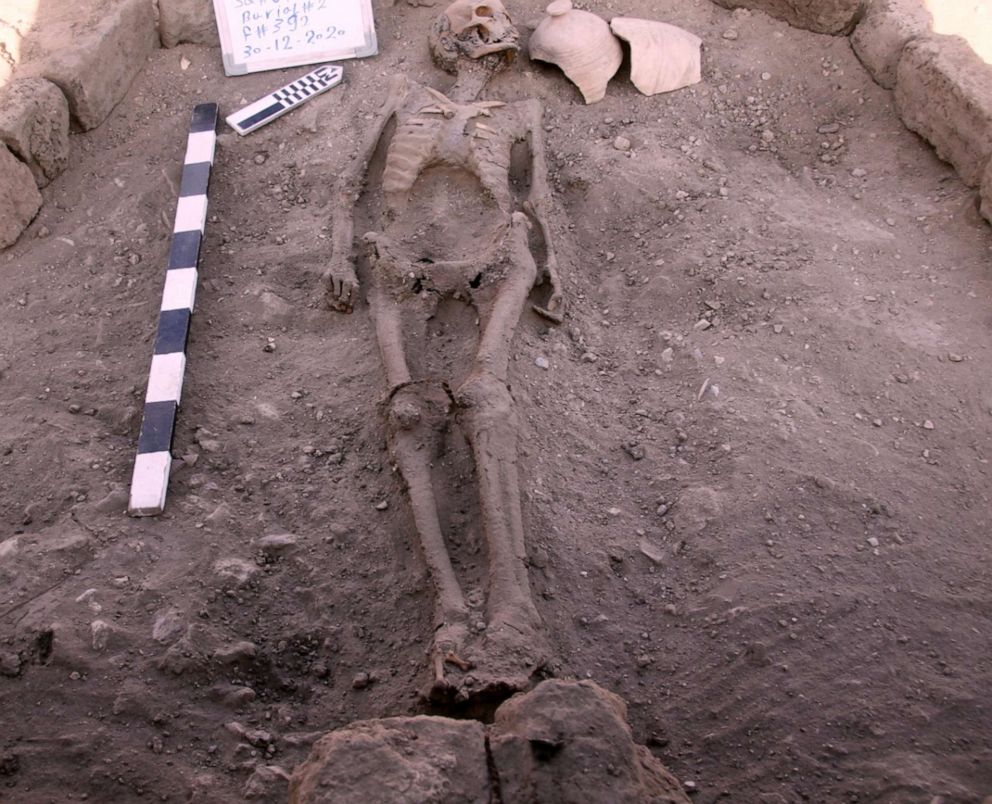Egyptian Archaeologists have announced the discovery of a lost ancient city which was supposedly buried under sand for thousands of years.
Experts say the discovery is one of the most important finds since unearthing Tutankhamun’s tomb.
Famed Egyptologist Zahi Hawass who announced the discovery of what is called the “lost golden city”, said the site was uncovered near Luxor, home of the legendary Valley of the Kings.
The archeology team said in a statement that “The Egyptian mission under Dr. Zahi Hawass found the city that was lost under the sands.”

“The city is 3,000 years old, dates to the reign of Amenhotep III, and continued to be used by Tutankhamun and Ay,” the statement added.
The archaeologists were searching for a temple in the desert sands near the city of Luxor at the time of this discovery.
While digging they began finding something else; the walls of houses stretching away in all directions.

The city had rooms filled with items that ancient Egyptians used in every day life such as rings and coloured pottery vessels, the seal of one of country’s most powerful pharaohs, Amenhotep the Magnificent.
In one neighbourhood within the city a bakery was also found, and evidence of food preparation for many people.
“Many foreign missions searched for this city and never found it,” Hawass who is also a former antiquities minister.
In the statement from the team of archaeologists, Betsy Bryan, Professor of Egyptian Art and Archaeology at Johns Hopkins University, said the find was the “second most important archeological discovery since the tomb of Tutankhamun”.
The team began excavations in September 2020, between the temples of Ramses III and Amenhotep III near Luxor, some 500 kilometers (300 miles) south of the capital Cairo.
Source: Africafeeds.com


